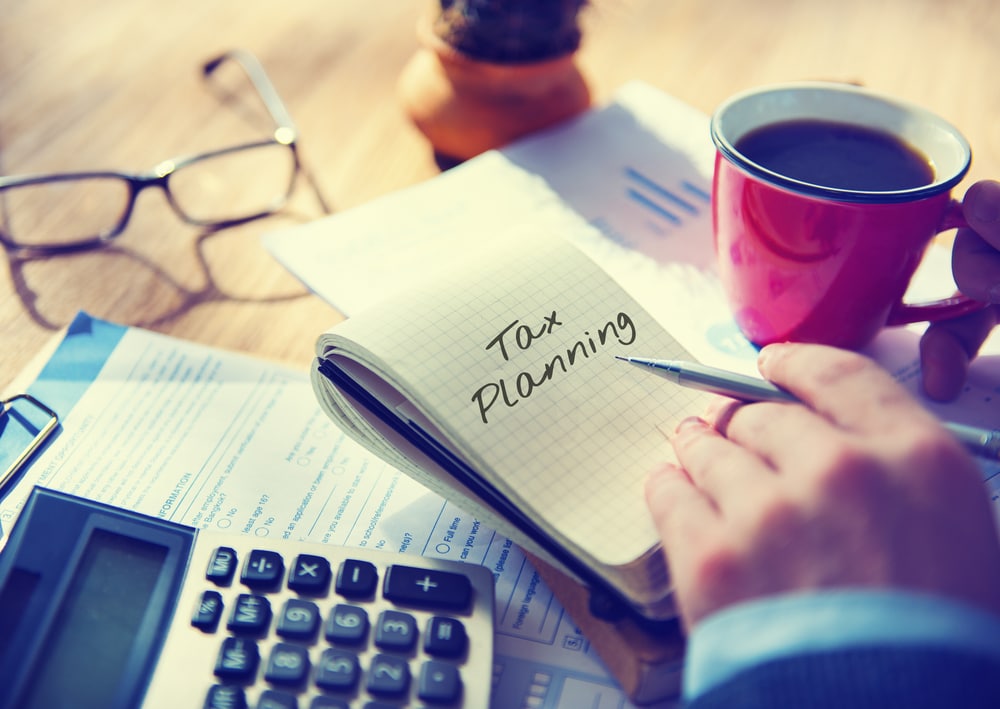The colloquial phrase “the grass is always greener on the other side of the fence” is perhaps most fitting to describe the proliferation of emigration thoughts in the minds of the Hong Kong people recently. According to an article from the South China Morning Post, there were two distinct periods in Hong Kong which prompted a flux of emigration from Hong Kong: the first was before the handover of sovereignty over Hong Kong from Britain to China in 1997 whilst the second was after the “Umbrella Movement” by the Pro-Democrats in 2014. Now, the alarming situation in Hong Kong instils concerns into local residents over the stability and prosperity of the place, marking a possible third wave of emigration. Many have begun searching for an emigration destination which presents better living, better protection, and better future or retirement for themselves and their next generation. Census shows that the top destinations for emigration by the Hong Kong people include Canada, Australia, Taiwan and the United States. This article examines from a taxation point of view the considerations a person should pay due regard to before emigration so as to better plan for future taxes which might arise at the time of and after the emigration in the emigration country. For brevity, the article will limit its analysis to migration from Hong Kong to the United States, and accordingly, the taxation issues in this respect.
Brief Overview of Steps to Obtain US Citizenship
To obtain US citizenship, one has to first apply for permanent residency and the Lawful Permanent Resident Card, commonly known as the “green card”, before applying for naturalization after having held the “green card” for five years and satisfied other requirements.
For a resident alien, meaning a person who holds a “green card” or anyone who has stayed in the country for at least 31 days in one calendar year and 183 days over the past three years are subject to worldwide income tax, like US citizens.
Absence of Bilateral Double Taxation Treaty between Hong Kong and the United States
Hong Kong currently does not have a comprehensive treaty for double taxation with the United States as it has only concluded a double taxation agreement for shipping income. This essentially means that, in the absence of bilateral tax concessions, a US citizen or resident alien whose income has a Hong Kong source will be taxed twice, one time in Hong Kong-based on Hong Kong’s territorial source principle of taxation, and another time in the United States based on the worldwide income principle.
Pre-emigration Tax Planning, FGT and FNGT
As could be imagined, one would face a drastic change in his/ her tax position by moving from a low tax regime (Hong Kong) to the US. There are a number of taxation tools available which can potentially mitigate the impacts.
(1) Setting up a Trust
One of the commonly adopted tax planning tools is setting up a foreign grantor trust (the “FGT”) for people who wish to become a US tax resident. Such tax planning tool is considered very efficient for people who own substantial assets prior to becoming a US tax resident, for US income tax and estate duty purposes. The beauty of such trusts is that the income from the distribution of such trust is not taxable. The income would otherwise be taxable if it comes directly to the US citizen from the underlying investments.
In a typical FGT structure, a non-US person will settle a non-US revocable trust for the benefit of US family members (including those who wish to emigrate to the United States). From a US tax perspective, the settlor, during his lifetime, will be considered the owner of the trust assets. It follows that any distributions to be beneficiaries (including those US persons) will not give rise to any US tax liability on the part of the beneficiaries notwithstanding the fact that there will be US reporting obligations.
Foreign non-grantor trust (the “FNGT”), on the other hand, with appropriate structure in place, can achieve favourable tax results for US persons, especially in the context of inheritance.
(2) Existing Trust
It is not uncommon that some Hong Kong people who wish to become a US person are already beneficiaries of a trust. In light of any forthcoming US residency, the trust structure shall be revisited to avoid any adverse tax implications.
To minimise US taxes, generally speaking, the trust should prior to the beneficiary becoming a US person (1) make as much distributions as possible to the beneficiaries, (2) distribute all unpaid retained earnings and in which case the personal financials have to be revised to reflect that the beneficiary has already received the same and such distribution has now converted into the beneficiary’s personal assets which is not subject to US tax, (3) re-valuate the trust assets reflecting the mark-to-market adjustments in the financial accounts of the trust; and/or (4) “step up” in basis of the assets to minimise capital gain taxes.
Conclusion
In closing, in considering emigration (especially into the United States), one has to pay sufficient regard a priori to the tax ramifications with being a resident of the country emigrated to. There are various tax planning tools which can considerably reduce tax liabilities which have to be deployed before the change of residency. In this regard, a carefully-planned tax-minimisation framework should be adopted before emigration to maximise tax efficiency
OLN provides a range of tax advisory services in the migration context. If you have any questions on the above, please contact one of the members of our Tax Advisory Team.
Disclaimer: This article is for reference only. Nothing herein shall be construed as US or Hong Kong legal advice or any legal advice for that matter to any person. Oldham, Li & Nie shall not be held liable for any loss and/or damage incurred by any person acting as a result of the materials contained in this article.
 香港中環雪厰街二號聖佐治大廈五樓503室
香港中環雪厰街二號聖佐治大廈五樓503室 +852 2868 0696
+852 2868 0696








